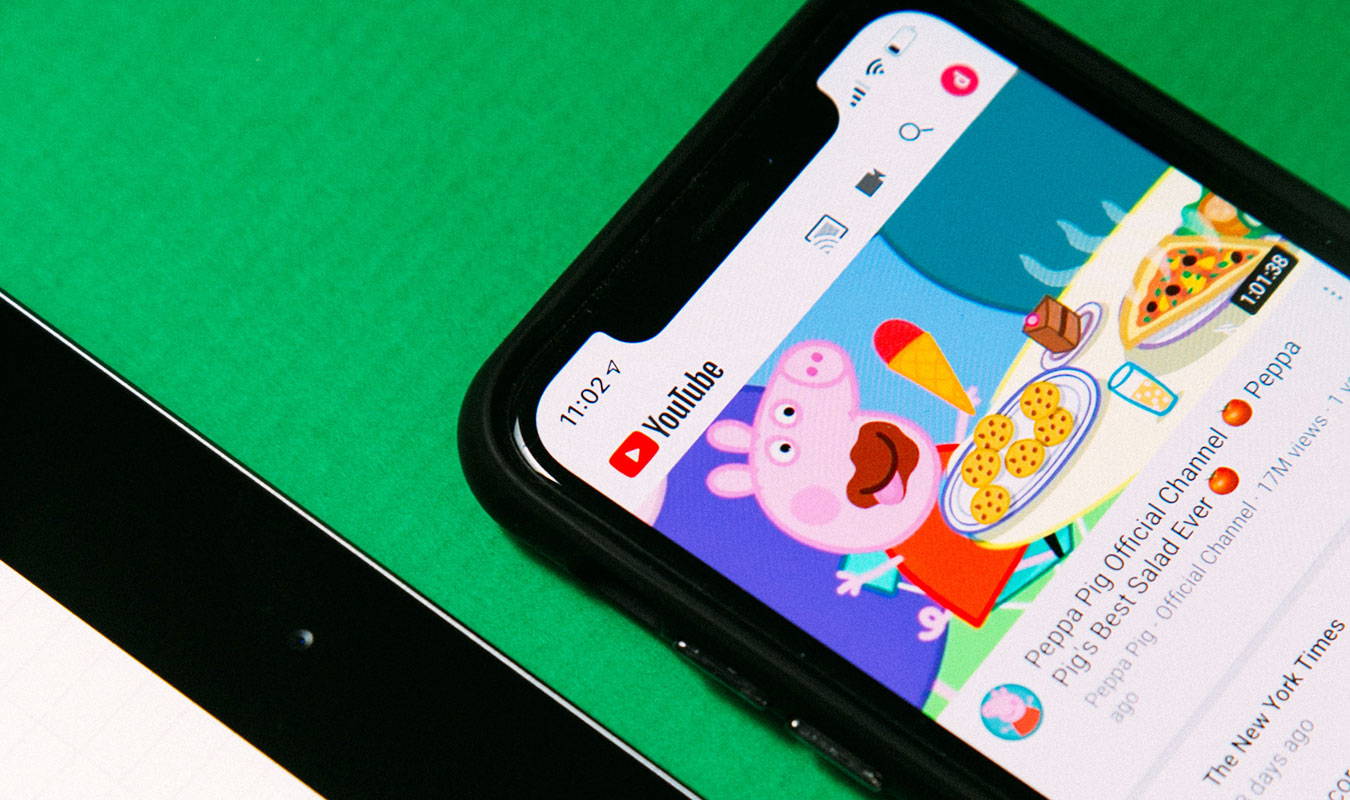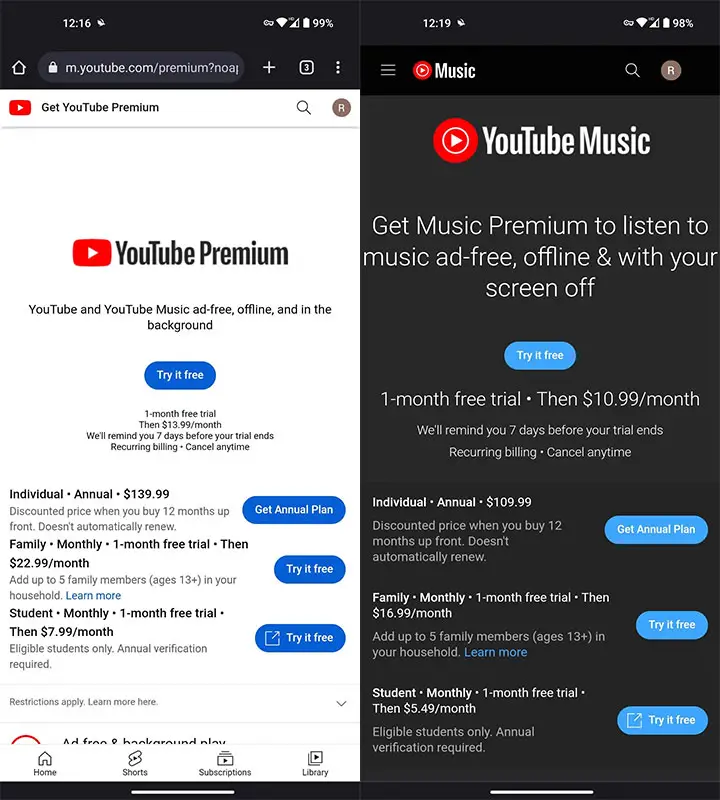Netflix, the renowned streaming giant, has recently made a notable alteration to its subscription offerings in the US and UK. Building on its previous decision to discontinue the most affordable ad-free plan in Canada, Netflix has now removed the $9.99 (£6.99) per month basic plan from its options for new and returning subscribers in both countries. The elimination of this plan has stirred conversations among users who now find themselves with fewer choices for their viewing preferences. In this article, we will delve into the specifics of this change-YouTube Premium Price changed to $13.99/month, analyzing its potential implications on Netflix’s user base and revenue and exploring the motivations driving Netflix to implement such modifications to its subscription structure.

The Removal of the Netflix $9.99 Basic Plan
Netflix subscribers in the US and UK could previously access a $9.99 per month basic plan, which served as a middle ground between the more expensive ad-free tiers and the ad-supported plan. The basic plan allowed users to stream content in HD on only one device at a time. However, the company’s support page in both countries now states that the basic plan is no longer available for new or rejoining members.
Existing Subscribers and Plan Options
There’s some good news if you already subscribe to the basic plan. Netflix allows existing subscribers to keep their subscriptions if they don’t cancel them or switch to other projects. So, those who are content with the basic plan can continue enjoying its benefits.

However, the options have become limited for users looking to downgrade to a more affordable ad-free plan. After removing the basic plan, Netflix now offers a $6.99 (£4.99) per month ad-supported tier, the $15.49 (£10.99) per month standard procedure, and the $19.99 (£15.99) per month premium plan. This change might lead to dissatisfaction among subscribers who valued the flexibility of the now-removed basic program.
Netflix’s Motivation Behind the Change
Netflix’s decision to discontinue the basic plan in the US and UK has raised questions about the company’s strategy. Kumiko Hidaka, a Netflix spokesperson, confirmed the plan’s removal and justified the decision by stating that the starting prices of $6.99 in the US and £4.99 in the UK are lower than those of its competitors. By emphasizing more affordable options, Netflix aims to attract new subscribers and maintain its position as a dominant player in the streaming industry.
Additionally, Netflix’s efforts to curb password sharing align with its focus on increasing revenue and subscriber numbers. The company aims to encourage individual subscriptions by limiting access to shared accounts, maximizing its revenue potential.
Risks and Potential Consequences
While Netflix’s approach may seem logical from a business standpoint, it also carries some risks. By removing the basic plan, the company risks alienating a segment of its customer base that values the mid-tier ad-free option. Some subscribers might view this move as a loss of choice and decide to explore alternatives in the competitive streaming market.
Moreover, the crackdown on password sharing and removing the basic plan could lead to unintended consequences. Subscribers who shared their accounts with family and friends might reconsider their loyalty to Netflix, especially if they perceive the changes as reducing the overall value of the service.
FAQs
Why did Netflix remove the $9.99 basic plan?
Netflix removed the $9.99 basic plan to focus on more affordable pricing options and potentially increase its subscriber base. The company aims to stay competitive in the streaming industry with lower starting prices.
Can existing subscribers keep the basic plan?
Yes, existing subscribers can keep the basic plan if they don’t cancel it or change to other programs. However, new users cannot opt for this plan anymore.
What are the new plan options after removing the basic plan?
After removing the basic plan, Netflix offers a $6.99 ad-supported tier, a $15.49 standard program, and a $19.99 premium plan.
How might removing the basic plan affect Netflix’s subscriber base?
Removing the basic plan could lead to dissatisfaction among some subscribers who valued the mid-tier ad-free option. It might also prompt some users to explore alternative streaming services.
Is Netflix’s approach to restricting password sharing practical?
While restricting password sharing may boost revenue, it could also result in some users reconsidering their loyalty to Netflix. The impact of this move will largely depend on how subscribers perceive the changes and their willingness to continue using the service.
Wrap Up
Netflix’s recent decision to discontinue the $9.99 per month basic plan in the US and UK signifies a significant shift in the company’s subscription offerings. While the move aims to entice new subscribers and bolster revenues through more affordable plans and password-sharing restrictions, it also comes with certain risks. Some existing users may be disappointed by removing the basic plan, potentially leading to a loss in customer loyalty.
Moreover, the password-sharing crackdown might result in churn as users accustomed to sharing accounts may opt for other streaming platforms. As Netflix adapts its strategies in the ever-changing streaming landscape, the future of its subscriber base remains uncertain. The company faces the delicate challenge of maintaining customer satisfaction while generating substantial revenue to uphold its position as a leading streaming service in the industry.

Selva Ganesh is the Chief Editor of this Blog. He is a Computer Science Engineer, An experienced Android Developer, Professional Blogger with 8+ years in the field. He completed courses about Google News Initiative. He runs Android Infotech which offers Problem Solving Articles around the globe.



Leave a Reply